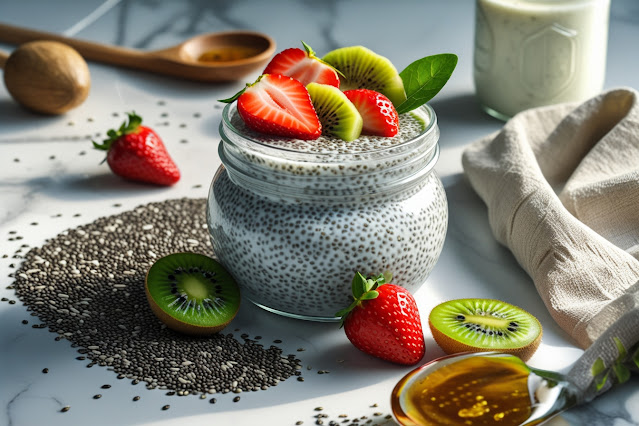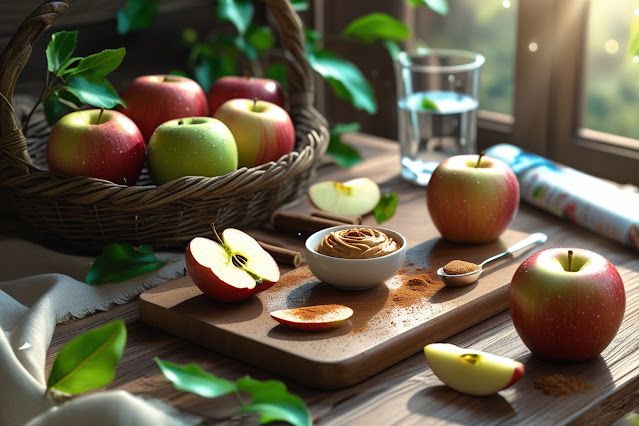Introduction
This article will discuss the types of fiber, their science, and a list of the best high-fiber foods that naturally aid in weight loss, supported by nutritional information and useful usage advice.
Understanding Fiber and Its Role in Weight Loss
One kind of carbohydrate that your body is unable to digest is dietary fiber. It travels through the digestive system largely undamaged, in contrast to other carbohydrates. There are two types of fiber:
- Soluble fiber dissolves in water and forms a gel-like substance that slows digestion.
- Insoluble fiber adds bulk to stool and helps food move through your digestive system.
How Fiber Aids Weight Loss:
- Reduces Appetite: Foods high in fiber are satisfying and take longer to chew, which helps the brain communicate feelings of fullness.
- Lowers Caloric Intake: Fiber adds bulk without calories.
- Improves Gut Health: Fiber acts as a prebiotic, fueling beneficial gut bacteria that play a role in metabolism.
- Stabilizes Blood Sugar: Soluble fiber slows the absorption of sugar, reducing spikes and crashes.
- Reduces Belly Fat: Studies show that increasing fiber intake leads to decreased visceral fat over time.
1. Oats
Oats are a great source of soluble fiber, especially beta-glucan, which lowers LDL cholesterol and increases feelings of fullness.
- Fiber content: 4 grams per 1 cup cooked oats
- Calories: ~150 per cup
- Best consumption: Breakfast porridge, overnight oats, smoothies
Health Benefits:
- Controls blood sugar
- Reduces hunger cravings
- Enhances gut microbiota
2. Chia Seeds
Despite their small size, chia seeds are incredibly high in fiber. A significant amount of your daily fiber requirements can be met with just one tablespoon.
- Fiber content: 10 grams per 2 tablespoons
- Calories: ~137 per 2 tablespoons
- Best consumption: Smoothies, yogurt, water-soaked gel, puddings
Health Benefits:
- Expands in the stomach, promoting satiety
- Stabilizes blood glucose
- High in omega-3 fatty acids
3. Lentils
Lentils are a great food for weight loss because they are high in plant-based protein and fiber.
- Fiber content: 15.6 grams per cup cooked
- Calories: ~230 per cup
- Best consumption: Soups, curries, salads
Health Benefits:
- Boosts satiety and reduces calorie intake
- Helps maintain muscle during weight loss
- Controls blood sugar spikes
4. Apples
A tasty and crunchy way to increase your intake of fiber is by eating apples. They contain a lot of pectin, a soluble fiber.
- Fiber content: 4.4 grams per medium apple
- Calories: ~95 per medium apple
- Best consumption: Raw, sliced with nut butter, in salads
Health Benefits:
- Naturally curbs appetite
- Reduces cholesterol
- Supports digestion
5. Avocados
Avocados are high in good fats and fiber. Nearly 14 grams of mostly insoluble fiber can be found in one avocado.
- Fiber content: 13.5 grams per avocado
- Calories: ~240 per avocado
- Best consumption: Toasts, salads, guacamole
Health Benefits:
- Keeps you full longer
- Aids healthy metabolism
- Improves nutrient absorption
6. Broccoli
A cruciferous vegetable that is high in fiber and low in calories is broccoli.
- Fiber content: 5 grams per cup cooked
- Calories: ~55 per cup
- Best consumption: Steamed, stir-fried, roasted
Health Benefits:
- Detoxifies the body
- High in antioxidants
- Promotes digestion and satiety
7. Berries
Berries like blueberries, blackberries, and raspberries provide fiber and sweetness.
- Fiber content: 8 grams per cup (raspberries)
- Calories: ~64 per cup
- Best consumption: Smoothies, oatmeal, fresh
Health Benefits:
- Antioxidant-rich
- Naturally low in sugar
- Reduces inflammation
8. Sweet Potatoes
A great alternative to refined carbs, sweet potatoes are packed with fiber and slow-digesting carbohydrates.
- Fiber content: 4 grams per medium sweet potato
- Calories: ~103 per medium potato
- Best consumption: Roasted, mashed, in stews
Health Benefits:
- Regulates blood sugar
- Promotes fullness
- Boosts gut health
9. Pears
Another fruit high in soluble and insoluble fiber that helps with digestion and weight loss is pears.
- Fiber content: 5.5 grams per medium pear
- Calories: ~100 per pear
- Best consumption: Fresh, in smoothies or salads
10. Whole Grains (Quinoa, Barley, Brown Rice)
Whole grains preserve the bran and germ, which are nutrient-dense and high in fiber.
- Fiber content:
- Quinoa: 5.2 grams/cup
- Barley: 6 grams/cup
- Brown Rice: 3.5 grams/cup
- Best consumption: Side dishes, salads, grain bowls
Tips for Incorporating More Fiber
- Eat whole-grain toast or oats to start your day.
- Eat some fruit (apples, pears, etc.) with the skin on as a snack.
- Use barley or quinoa in place of white rice.
- Incorporate legumes, such as chickpeas and lentils, into salads and soups.
- Incorporate vegetables into each meal.
- Fiber is most effective when combined with water, so stay hydrated.
Final Thoughts
Including foods high in fiber in your daily diet is a way to improve digestion, lower your risk of chronic disease, and lose weight naturally. Fiber-rich foods encourage satiety and satisfaction, which makes healthy eating sustainable, in contrast to restrictive diets. To satisfy your fiber requirements and reap the long-term advantages of a well-balanced, nourishing diet, pick a range of fruits, vegetables, legumes, seeds, and whole grains.








No comments:
Post a Comment